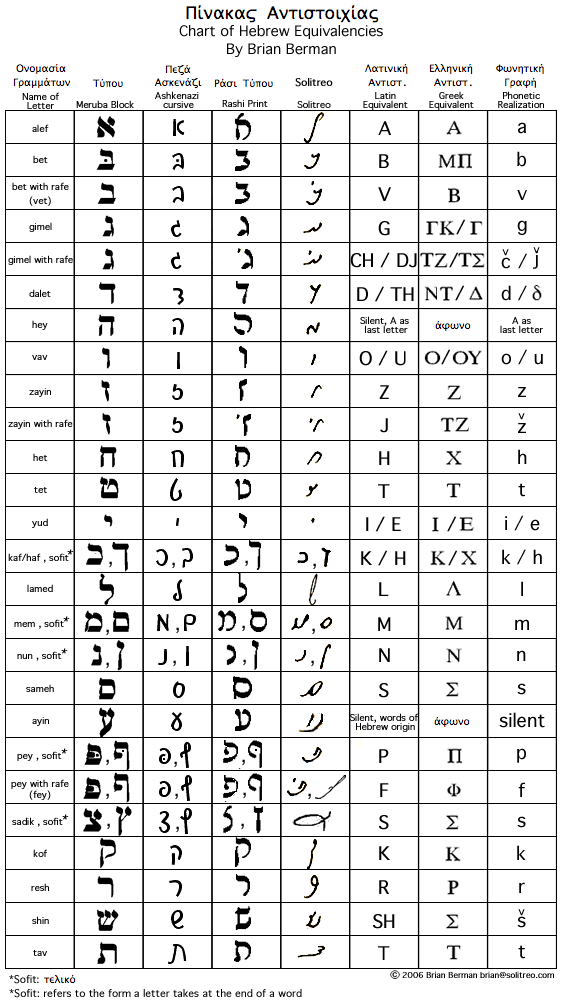Ladino 101: A Beginner's Guide to the Language
The History of Ladino
Ladino, otherwise known as Judeo-Spanish (also known as Judezmo, Dzhudezmo, or Spaniolit), is the spoken and written Hispanic language of Jews of Spanish origin dating back nearly a thousand years. The language originally developed from the Old Castilian Spanish spoken prior to and during the end of the Reconquista of Spain in the 15th century and included many elements of Hebrew and Aramaic. Ladino did not become a specifically Jewish language until after the expulsion from Spain in 1492 - it was merely the language of their provinces in the region. When the Jews were expelled from Spain and Portugal, they were cut off from the further development of the language, but continued to speak it in the communities and countries they immigrated to. The further away from Spain the immigrants went, the more cut off they were from developments of the language in their native Spain, and the more Ladino began to diverge from mainstream Castilian Spanish.
In Amsterdam, England and Italy, those Jews who continued to speak 'Ladino' were in constant contact with Spain, allowing them to continue to speak the Castilian Spanish of the time. However, in the Sephardic communities of the Ottoman Empire, the language borrowed words from Hebrew, Arabic, Greek, Turkish, and even French, becoming more and more distorted from it original Catillian origins. This led to major splits in dialects of the language, forming into two primary regional dialects: "Oriental" and "Western."
'Oriental' Ladino was spoken in areas like Turkey and Rhodes, closely resembling Castilian Spanish. By contrast, 'Western' Ladino was spoken in Greece, Macedonia, Bosnia, Serbia and Romania, and preserved the characteristics of the northern Spanish and Portuguese. The vocabulary of Ladino includes hundreds of archaic Spanish words which have disappeared from modern Spanish and also include many words from different languages that have been substituted for the original Spanish word, from the various places Ladino speaking Jews settled. While some terms were transferred from one community to another through commercial or cultural exchanges, others remained unique to particular communities. These foreign words derived mainly from Hebrew, Arabic, Turkish, Greek, French, and, to a lesser extent, Portuguese and Italian.
Traditionally, Ladino was written in either the Hebrew script, Rashi script, or in Solitreo, a cusive script based on Hebrew and unique to only Judeo-Espanyol. It is only in the 20th century that Ladino has been written using the Latin alphabet. In fact, what is known as 'Rashi script' was originally a Ladino script used centuries after Rashi's death in printed books to differentiate Rashi's commentary from the text of the Torah.

A postcard written in Solitreo sent from the Island of Rhodes to a family in the United States. In Ladino, it reads "Kon este vapor parto el 12 de Desember," which, translated into English, means "I am leaving on this steam ship on December 12."
Source: Rhodes Jewish Museum

Nuevo Silabario Espanyol - Salonica, 1929: "metod pratika i moderna por el embezamiento de la lingua Djudeo-Espanyola, kompuesta segun las mijores metodas fransezas" was published in Salonica in 1929, or the Hebrew Year 5689. From the collection of Isaac Azose (ST 006), the subtitle reads: the practical and modern method for learning the language of Ladino, composed according to the best French methods. Here the emphasis on the “best French methods” is of great significance for it advertises to the reader that the booklet should be perceived as up-to-date and European.
Source: University of Washington Sephardic Studies Program
Throughout history, Ladino has been spoken in North Africa, Egypt, Greece, Turkey, Yugoslavia, Bulgaria, Romania, France, and Israel. By the beginning of the 20th century, with the spread of compulsory education in the language of the land, Ladino began to disintegrate. Emigration to Israel from the Balkans hastened the decline of Ladino in Eastern Europe and Turkey. Today in the United States, significant population centers in Seattle, Los Angeles, New York, and south Florida as well as parts of Latin America still use the language in day to day life.
The Nazis destroyed most of the communities in Europe where Ladino had been the first language among Jews. In Salonica (Thessaloniki), one of the largest European hubs for Sephardic life, the city housed over 50,000 Ladino speaking Jews out of a population of close to 300,000. Prior to the War, the primary language of commerce, government, and daily life was dominated by Ladino.
Ladino speakers who survived the Holocaust and emigrated to Latin America tended to pick up regular Spanish very quickly, while others adopted the language of the country they eventually immigrated to in the 20th century. Israel and the United States are now the countries with the greatest number of Ladino speakers. Today, Israel has an estimated 200,000 people who still speak or understand Ladino, either with native/advanced speaking capabilities or basic understanding of the language.
It is our hope that these resources will help the next generation of Sephardic Jews reconnect with their heritage and learn the language of their ancestors
The Basics of the Language

